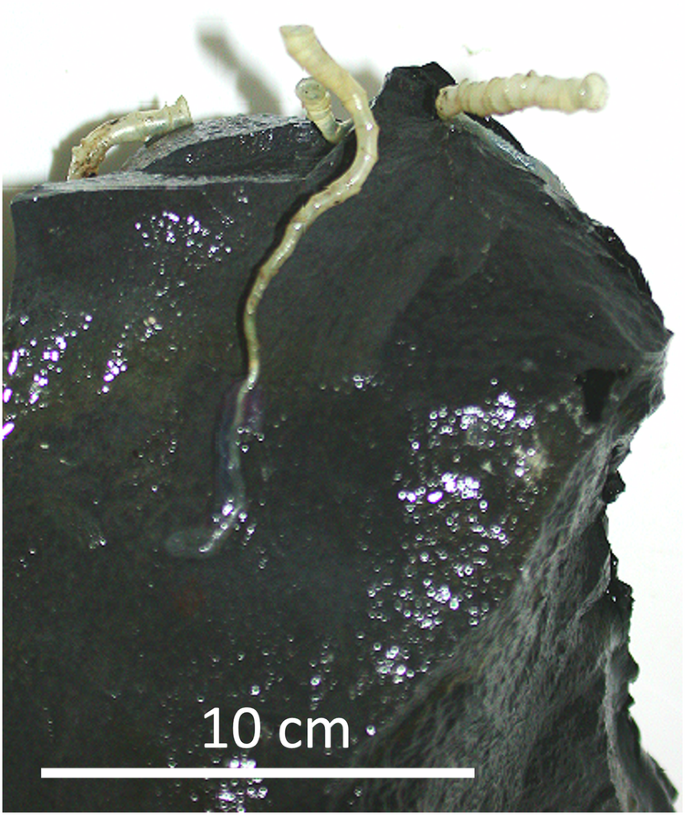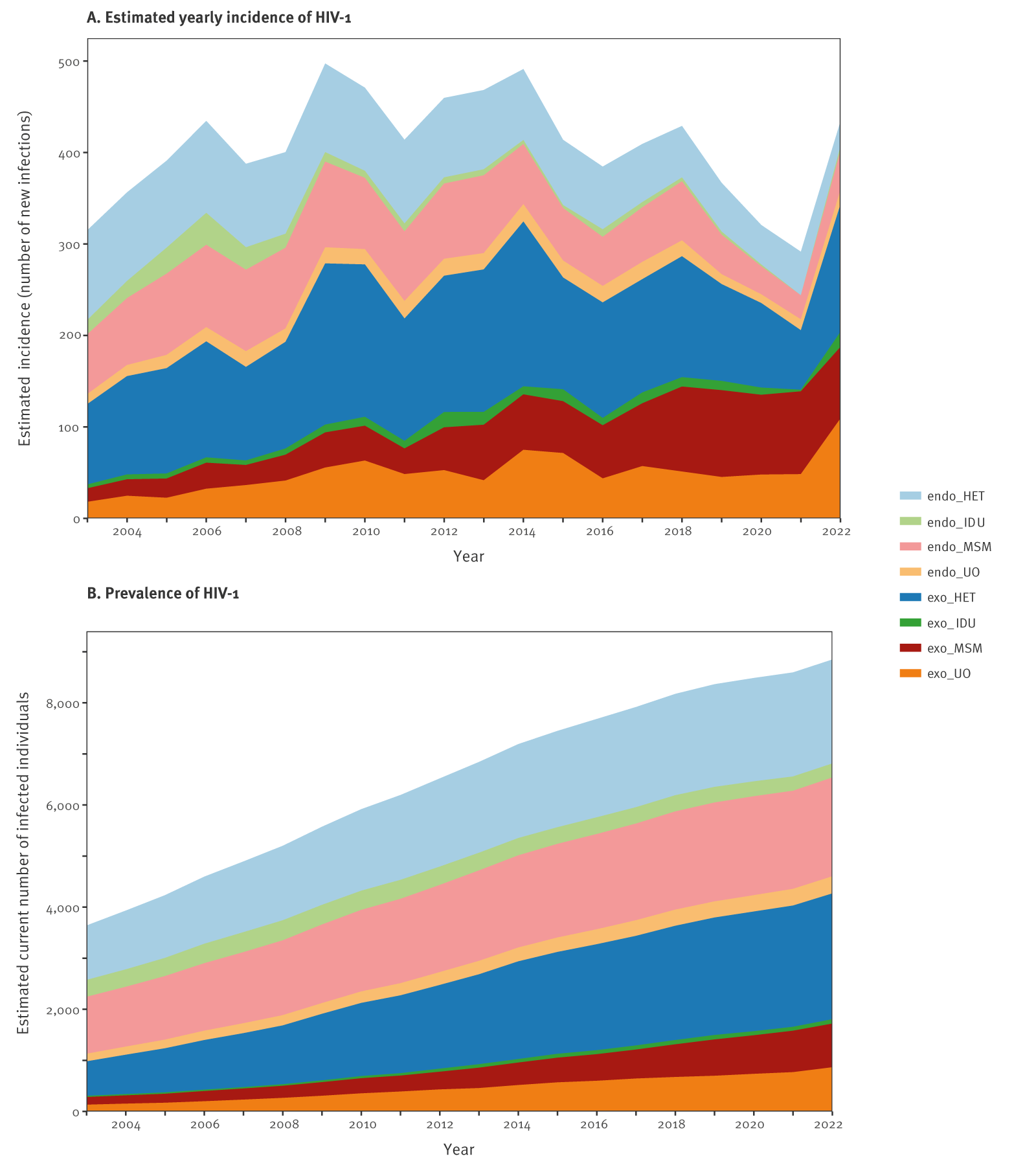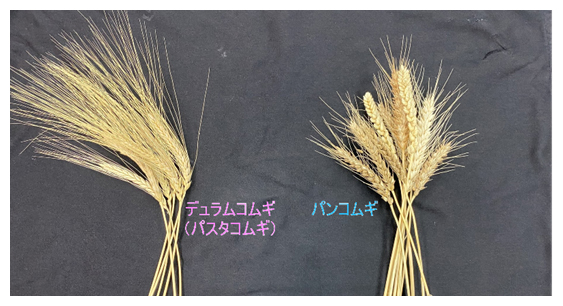2024-10-15 マックス・プランク研究所
<関連情報>
- https://www.mpg.de/23601917/1017-mbio-secret-life-underground-animal-life-beneath-the-seafloor-154772-x
- https://www.nature.com/articles/s41467-024-52631-9
深海熱水噴出孔の浅い海底地殻に生息する動物たち Animal life in the shallow subseafloor crust at deep-sea hydrothermal vents
Monika Bright,Sabine Gollner,André Luiz de Oliveira,Salvador Espada-Hinojosa,Avery Fulford,Ian Vincent Hughes,Stephane Hourdez,Clarissa Karthäuser,Ingrid Kolar,Nicole Krause,Victor Le Layec,Tihomir Makovec,Alessandro Messora,Jessica Mitchell,Philipp Pröts,Ivonne Rodríguez-Ramírez,Fanny Sieler,Stefan M. Sievert,Jan Steger,Tinkara Tinta,Teresa Rosa Maria Winter,Zach Bright,Russel Coffield,Carl Hill,… Alex Paris
Nature Communications Published:15 October 2024
DOI:https://doi.org/10.1038/s41467-024-52631-9

Abstract
It was once believed that only microbes and viruses inhabited the subseafloor crust beneath hydrothermal vents. Yet, on the seafloor, animals like the giant tubeworm Riftia pachyptila thrive. Their larvae are thought to disperse in the water column, despite never being observed there. We hypothesized that these larvae travel through the subseafloor via vent fluids. In our exploration, lifting lobate lava shelves revealed adult tubeworms and other vent animals in subseafloor cavities. The discovery of vent endemic animals below the visible seafloor shows that the seafloor and subseafloor faunal communities are connected. The presence of adult tubeworms suggests larval dispersal through the recharge zone of the hydrothermal circulation system. Given that many of these animals are host to dense bacterial communities that oxidize reduced chemicals and fix carbon, the extension of animal habitats into the subseafloor has implications for local and regional geochemical flux measurements. These findings underscore the need for protecting vents, as the extent of these habitats has yet to be fully ascertained.


